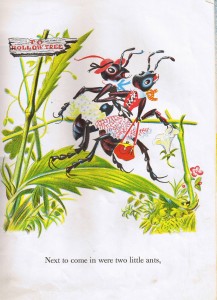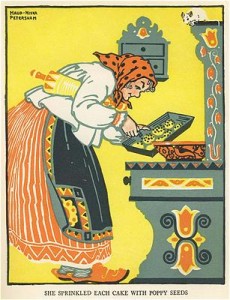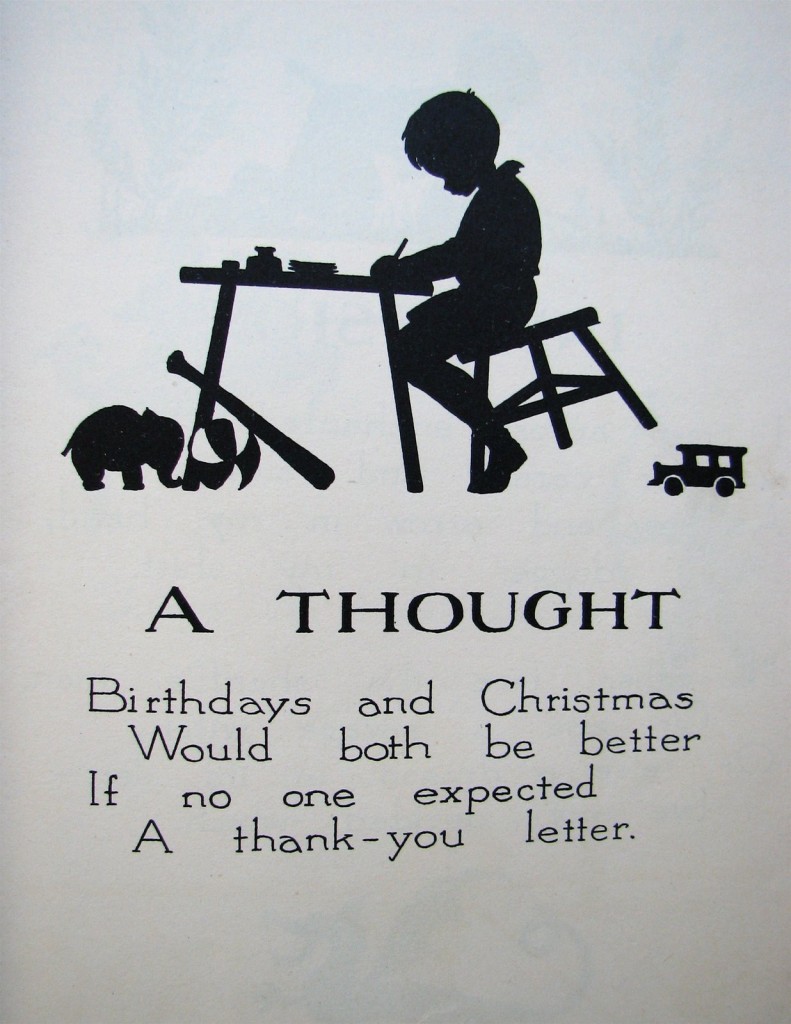Excellent article today on libraries, books and CPSIA in one of Texas’s leading newspapers, the Fort Worth Star-Telegram.  It confirms, among other things, that the big Half Price Books chain has made a policy of pulling pre-1985 books from its shelves, as well as more recent books that contain various kinds of embellishments and special features. If you happen to know an editor with the New York Times, the Chicago Tribune or one of the other big media outlets that are still utterly ignoring the crisis, this makes a good clip to send them, just to let them know that 1) what’s going on is only too real; and 2) they’re being scooped repeatedly by other journalists, just as the Boston Globe scooped them last week on the resale story.
It confirms, among other things, that the big Half Price Books chain has made a policy of pulling pre-1985 books from its shelves, as well as more recent books that contain various kinds of embellishments and special features. If you happen to know an editor with the New York Times, the Chicago Tribune or one of the other big media outlets that are still utterly ignoring the crisis, this makes a good clip to send them, just to let them know that 1) what’s going on is only too real; and 2) they’re being scooped repeatedly by other journalists, just as the Boston Globe scooped them last week on the resale story.
Also on the library issue, there is good coverage in the Zanesville, Ohio Times Reporter (a disproportionate amount of the good library coverage has come from the state of Ohio, which I suspect must be a tribute to some energetic library people there). The American Library Association has a wiki reiterating (at present) that association’s advice to members not to throw out pre-1985 books: “If you feel you must remove books from circulation, please store them until rulings are clearer!”. In her latest roundup, Deputy Headmistress describes how her own local library is boxing up many books that are likely to have been printed after 1985, because their copyright date falls before then; it is a common practice for children’s books to list only a copyright date even if they were printed many years later. So at that cautious library, at least, the law’s effects are even more drastic than one might have assumed.
Darwin Central, which took out after the offending Snopes.com on the books issue a couple of weeks ago, follows up today with a post entitled, “Snopes Defending the Book Burners”.  Linda L. Richards at January Magazine was among those misled by the Snopes slant. In a wide-ranging CPSIA roundup last month (worth reading in its entirety), Punditry by the Pint had wise advice: “This might be one of the cases where it would be good to read up on Snopes’ False Authority Syndrome page.” A visit to the Snopes page in question indicates that it now carries a “Last Updated” date of February 19, which indicates that it has been changed since we last had occasion to discuss it; at a brief glance, some of the dismissive language I and others found so objectionable seems no longer to be there, though it has not been replaced by language that’s actually cogent or up-to-date. Someone might want to do a before-and-after comparison using the Wayback Machine.
Linda L. Richards at January Magazine was among those misled by the Snopes slant. In a wide-ranging CPSIA roundup last month (worth reading in its entirety), Punditry by the Pint had wise advice: “This might be one of the cases where it would be good to read up on Snopes’ False Authority Syndrome page.” A visit to the Snopes page in question indicates that it now carries a “Last Updated” date of February 19, which indicates that it has been changed since we last had occasion to discuss it; at a brief glance, some of the dismissive language I and others found so objectionable seems no longer to be there, though it has not been replaced by language that’s actually cogent or up-to-date. Someone might want to do a before-and-after comparison using the Wayback Machine.
Also on books, children’s book author and editor Carol Baicker-McKee has a lovely followup to her excellent post of a day earlier, describing some of the kinds of older children’s books (of uncertain copyright status, too “quiet” in their themes to attract reprint interest from publishers) that might face a bleak future. She admires silhouette art, a feature of many midcentury children’s books (like the 1941 Marcella Chute volume from which this illustration is taken) but which is uncommon today.

Baicker-McKee has devoted more thought to the economics of children’s publishing than have most of us, and she writes beautifully of what is at risk. Ed Driscoll also has some to-the-point observations at Pajamas Media, where he quotes Mark Steyn: “A nation’s collective memory is the unseen seven-eighths of the iceberg. When you sever that, what’s left just bobs around on the surface, unmoored in every sense.”
There are other news stories I haven’t gotten to — in particular, the Wall Street Journal’s important reporting on $1 billion-plus (at least) in stranded inventories, much of which may be headed for landfills, and the news of the sudden 40% drop in the stock price of well-known kids’ retailer Gymboree as it was forced to take massive inventory write-offs. I’ll have to get to those at a later date, however, as an unrelated deadline is going to be absorbing much of my attention over the next few days.

10 Comments
Promising letter from Congressman John D. Dingell today:
http://www.house.gov/apps/list/press/mi15_dingell/090305CPSC.shtml
[…] For kids’ sake! […]
I notice in the Dingell letter that he is asking CPSC for information about the risk that various articles pose to children (ATVs, books, second hand clothing). I wonder if these questions have ever been posed to the CDC. I was looking through the pages on lead poisoning at the CDC website and what stuck out was that their proposals for diminishing the problem of childhood lead exposure had almost nothing in common with the results of this law.
We have got to keep talking and spreading the word . . . . somewhere, there has got to be a break in this craziness. . . .
I never could afford to buy much from Gymboree, being a pretty dedicated thrift store shopper due to income and 4 children (one of who was special needs and adopted from Russia), but the few times I *have* bought stuff on super good clearance at Gymboree I have ALWAYS been pleased with the quality of their products. I’m terribly sad they are suffering.
[…] CPSIA: “What’s so sad is that books aren’t dangerous” at Overlawyered Walter Olson shines a spotlight on media coverage of issues surrounding libraries, books and CPSIA. […]
We need to keep lead out of children’s hands at all costs, if that means destroying books, I’m all for it.
I am with Half Price Books. We are doing everything we can to try to comply with these very vague regulations and, at the same time, not destroy any kids’ books. We have pulled books that fall into the categories covered by the CPSIA, but we have not thrown any of them away, while we wait for any clarification from the CPSC. We have had testing conducted by a third party on a sample of pre-1986 kids’ books and found no significant levels of lead in any books published after 1970. We would very much like to see any test results that the CPSC or anyone else has obtained that could enlighten us as to why they believe these books are a problem. We’d like even more to see others’ test results that, like ours, prove that lead levels in ordinary kids’ books are not hazardous.
Jared – either you’re being sarcastic (in which case, disregard this comment), or you’re a dupe, or you’re an astroturf PR agent.
The easiest way to keep lead out of children’s hands is for parents to be careful about what they give children to chew on. Simple. All it takes is to put things on shelves. By the age when they can actually reach the items on the shelves, they should be well past teething and mouthing most objects.
[…] powers to bring lawsuits over toys, clothes, and books, resulting in children’s books being thrown out and pulled from libraries. « Obama on Earmarks and Pork-Barrel Spending The Socialism that […]
[…] the weekend, following earlier coverage by the Associated Press Mar. 17, and before that by the Fort Worth Star-Telegram, the Guardian (U.K.), Cincinnati Enquirer and elsewhere. (Other aspects of the law, similarly, have […]